The human affinity for harmonious sounds appears to be deeply rooted in our earliest developmental stages. Recent research into infant auditory perception has revealed fascinating insights about how babies respond to consonance versus dissonance, shedding light on the biological and cognitive foundations of musicality.
From the moment they enter the world, infants demonstrate a remarkable sensitivity to sound patterns. Studies using preferential looking and sucking rate measurements show that newborns consistently orient themselves toward consonant musical intervals - those combinations of tones that Western culture would describe as pleasant or stable. This preference manifests even before significant exposure to musical or linguistic input, suggesting an innate predisposition rather than a learned behavior.
The biological basis of consonance preference may stem from the physical properties of sound waves themselves. When two tones form simple integer frequency ratios (like the octave's 2:1 or perfect fifth's 3:2), their combined waveforms create regular, repeating patterns that the auditory system processes efficiently. Dissonant intervals produce more complex, beating waveforms that may cause neural firing patterns to become less synchronized. Infants' brains, optimized for detecting regularities in their environment, appear naturally attuned to these physical differences.
Neuroscientific investigations using EEG have shown that infants as young as two months old exhibit distinct neural responses to consonant versus dissonant chords. The consonant chords elicit patterns similar to those observed in adults experiencing pleasurable music, while dissonant chords produce stress-like responses. This neurological evidence supports the idea that the foundation for musical enjoyment begins extraordinarily early in human development.
Evolutionary perspectives suggest this preference might have adaptive value. Consonant intervals resemble the harmonic spectra of human vocalizations, particularly the formant relationships in vowel sounds. By attending preferentially to these patterns, infants may better focus on human speech and the communicative signals of their caregivers. This auditory bias could serve as a gateway to language acquisition while simultaneously laying the groundwork for musical appreciation.
Cross-cultural studies present intriguing complications to this narrative. While Western infants show clear preferences for intervals like perfect fourths and fifths, research with infants from non-Western musical traditions reveals more nuanced responses. Some cultures that regularly use microtonal intervals or complex dissonances in their music appear to produce infants with slightly different response patterns. This suggests that while biological predispositions exist, the specific manifestations of consonance preference may be shaped by prenatal and very early postnatal auditory experiences.
The developmental trajectory of consonance perception shows interesting variations. Newborns demonstrate the most pronounced preferences, which gradually become more sophisticated throughout infancy. By six months, infants begin responding to consonance in melodic contexts rather than just isolated intervals. By twelve months, their preferences start aligning more closely with the musical conventions of their surrounding culture. This developmental arc implies an initial broad biological predisposition that becomes refined and acculturated through experience.
Practical implications of this research extend to several domains. In neonatal care, incorporating consonant musical elements has been shown to reduce stress responses in premature infants. Early childhood education programs increasingly use consonant-rich musical materials to support cognitive development. Understanding these innate preferences also informs therapeutic interventions for infants with auditory processing difficulties or developmental challenges.
Interestingly, the consonance preference appears to interact with other sensory modalities. Studies pairing consonant sounds with visual stimuli demonstrate that infants look longer at faces or patterns accompanied by consonant rather than dissonant tones. This multisensory integration suggests that consonance detection forms part of a broader system for identifying and preferring coherent, predictable sensory input across domains.
The relationship between consonance preference and language development continues to be an area of active investigation. Some researchers propose that the same auditory processing mechanisms that make consonant intervals perceptually salient also facilitate the extraction of phonetic contrasts and prosodic patterns from speech. This potential double-duty of auditory processing mechanisms might explain why musicality and language skills often develop in tandem during infancy.
Individual differences in consonance sensitivity have also been observed among infants. These variations correlate with later measures of musical aptitude and language skills, hinting at possible predictive value. However, researchers caution against drawing deterministic conclusions, as infant development remains highly plastic and responsive to environmental input throughout early childhood.
Technological advances continue to refine our understanding of this phenomenon. High-density EEG arrays, eye-tracking systems, and specialized behavioral observation tools allow researchers to probe infants' auditory preferences with increasing precision. Future directions include investigating potential genetic components and exploring how consonance perception interacts with the development of emotion regulation systems.
As research progresses, scientists are careful to note that consonance preference represents just one piece of the complex puzzle of musical cognition. While it provides a window into innate auditory processing, the full richness of musical experience emerges through the interaction of biological predispositions with cultural exposure and individual learning histories. The infant's mind appears exquisitely prepared to engage with harmonious sounds, but this preparation serves as a starting point rather than a fixed endpoint in musical development.
The study of consonance preferences in infancy ultimately tells us broader truths about human cognition. It reveals our species' inherent orientation toward certain patterns of sensory input, our drive to seek order in perceptual experience, and the deep interconnections between different modes of communication. These early emerging preferences form the foundation upon which the elaborate structures of music and language are built throughout a lifetime of development and cultural engagement.

By /May 30, 2025

By /May 30, 2025
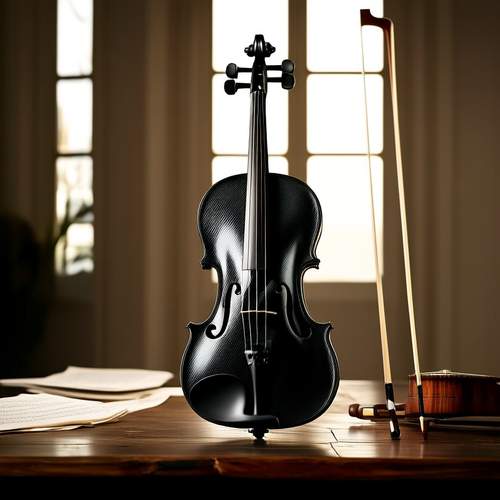
By /May 30, 2025

By /May 30, 2025

By /May 30, 2025
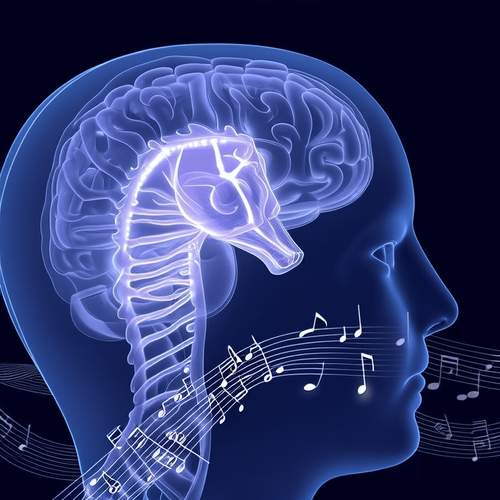
By /May 30, 2025
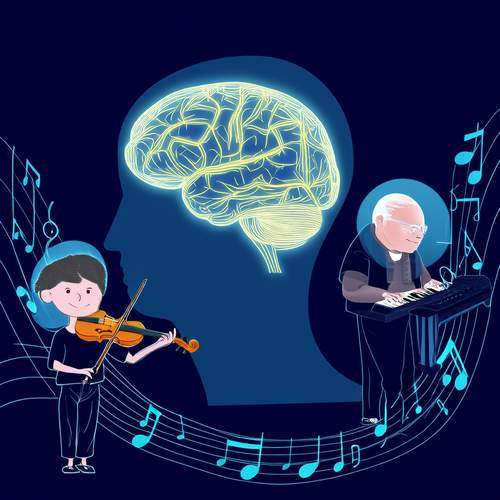
By /May 30, 2025

By /May 30, 2025

By /May 30, 2025

By /May 30, 2025

By /May 30, 2025

By /May 30, 2025

By /May 30, 2025
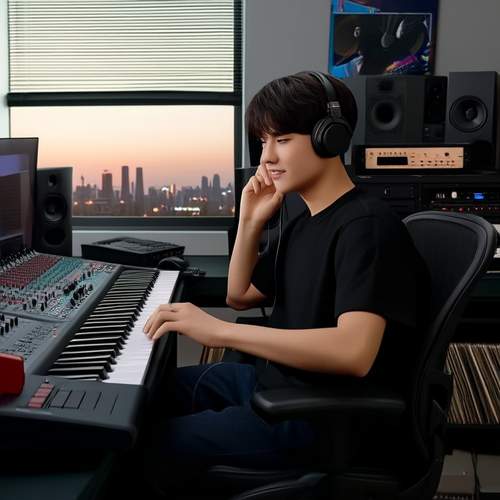
By /May 30, 2025

By /May 30, 2025

By /May 30, 2025
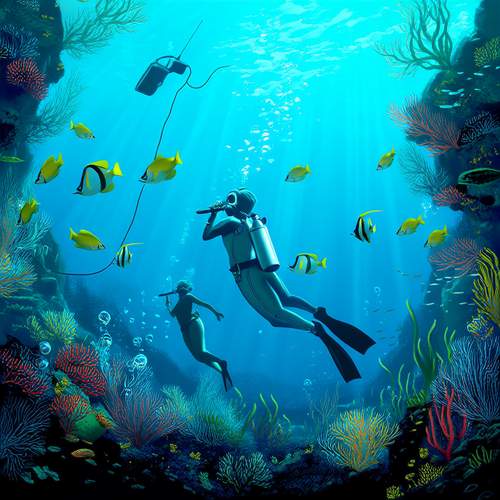
By /May 30, 2025

By /May 30, 2025

By /May 30, 2025